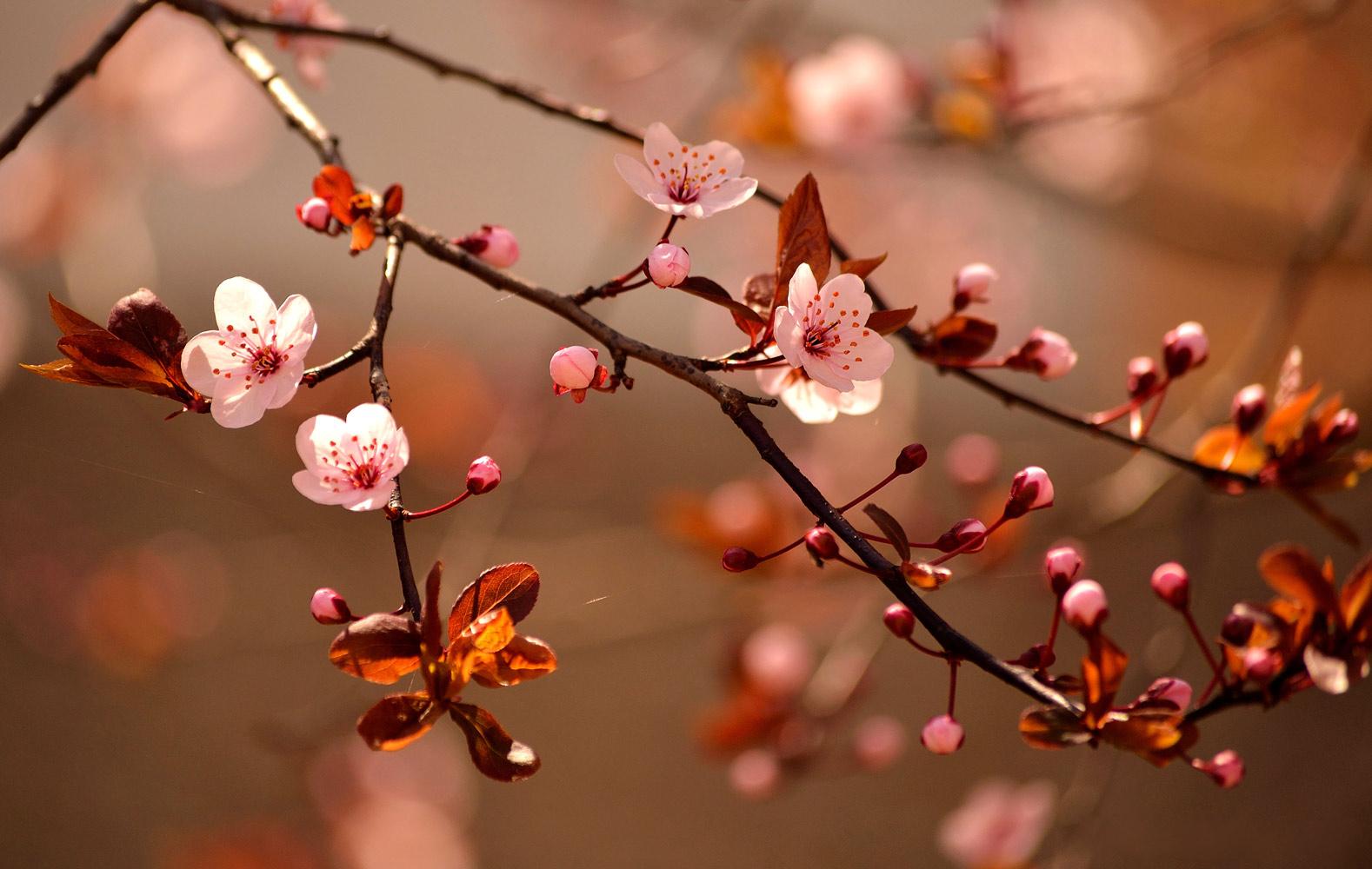
April Staff Development Newsletter
A Newsletter for the Seward Staff by Dr. Dominy
Hope
Hope- (Excerpt from Grit by Angela Duckworth and Positive Legacies)
Gritty people believe things will improve because of the actions they’ve taken. This kind of hope is different from just having an expectation that things will improve. It requires taking personal responsibility for creating positive outcomes, rather than leaving it to luck, chance and magic. In other words, hope in the context of grit requires having the will and the way.
People high in grit also take an optimistic rather than pessimistic approach to dealing with setbacks and challenges. They see these situations as temporary and fixable rather than permanent and unchangeable. And, if you’re optimistic you are also more likely to have a growth rather than a fixed mindset. With a growth mindset, we believe our capacity to learn and solve problems is not fixed and can be developed with effort. Fortunately, mindsets can be changed. We can choose to think differently about talent and our capacity to grow.
“The hope that gritty people have has nothing to do with luck and everything to do with getting up again.”
Angela Duckworth
Being hopeful requires practice.
You won’t always get it right. Recognizing and overcoming unhelpful thinking patterns can be hard. We are wired for negativity. To cultivate hope we need to learn and grow from each experience. We also need to be compassionate to ourselves and others because good things take time. Finally, a small change in language can make a big difference. Try asking yourself questions like:
1. What worked well this time?
2. What can I do differently next time to make things even better?
Fostering Hope in our Staff and Students
Students need examples of hope, purpose, practice, and interest. When I look back on my childhood these models came from teachers. Teachers who believed in me more than I did in myself. They challenged me, gave me purposeful practice, and encouraged my interests when they became more transparent. This happens every day in our schools, through small conversations and whole group lessons.
Our Second Step curriculum delves deeply into these topics a the elementary level. At the Middle school, the Keys of Excellence and the Medal of Honor Curriculum serve as resources to teach hope, purpose, practice and interest. High School teachers also have access to Medal of Honor Curriculum, but tools such as the Citizenship rubric are great ways to start the conversation about grit. In all levels, I believe the best way to teach grit is through models. Models can be found in our instructional materials, and models can be found every day in our schools and community. Currently, I am working with Courtney Meyer, Jerry Meyer, Nathan Buss, Jeremy Fries and our student Mahri Vega to create videos from Veterans and community members telling "their story." We are starting with the "Greatest Generation" and getting videos from WWII veterans and other community members. Our hope is to develop a scope and sequence to share these videos with our students. Mahri just completed our first video with Ralph Hanson, it is an excellent video that shares highlights from Mr. Hanson's military days to his career and his life of service. We are excited about this project and will have more to share soon!


